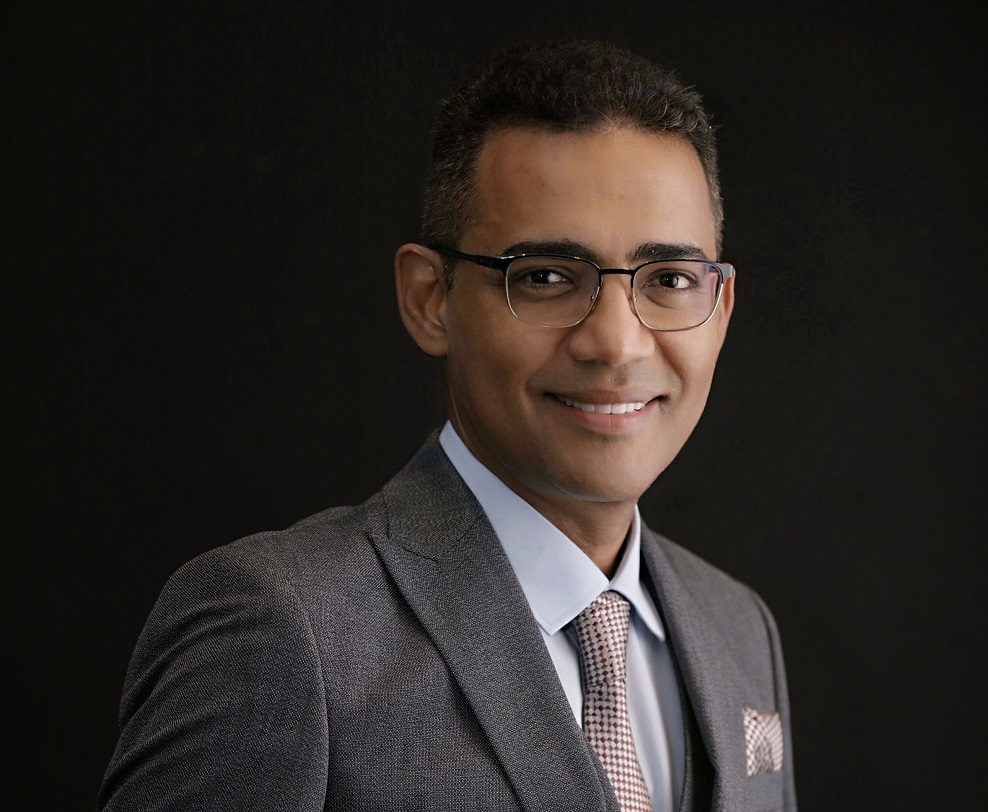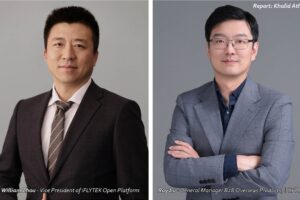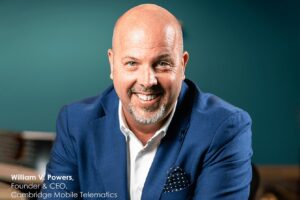Mohamed Madkour, VP, Global Carrier Network Solutions & Marketing, Huawei talks to Teletimes International at Huawei’s Mobile Broadband Forum
Khalid Athar: Thank you, Mr. Madkour, for taking the time to speak with us today. Could you please tell us about your current position?
MM: I hold the role of Vice President of Marketing and Solution Sales within the Carrier Network Business Group. My base of operations is in Shenzhen, where I support our global customers by providing end-to-end solutions, particularly in the realms of mobility, such as 5G, and broadband technologies like IP optical. Lately, I’ve also been focusing on the broader picture of connectivity, including intelligence and operations. Our aim is to benefit carriers, as it ultimately revolves around their success.
KA: What are your thoughts and comments regarding the Mobile Broadband Forum organized by Huawei?
MM: Well, this event isn’t just one; it consists of three distinct forums. Huawei, as always, takes a holistic approach when delivering value to the industry. When we talk about connectivity, we can’t limit ourselves to just 5G, fiber optics, or IP. Digital connectivity encompasses multiple domains, including mobility, fixed broadband, and the often overlooked operational and intelligent aspects. This week, we have the Mobile Broadband Forum, Ultra Broadband Forum, and Operational Transformation Forum. We believe that bringing these three elements together supports operators, especially those engaged in fixed and mobile convergence.
KA: What role is Huawei playing in the global rollout of 5G despite the challenges it has faced?
MM: We did face significant challenges around four years ago when sanctions were imposed, but we’ve adapted and overcome. Specifically, in our infrastructure business, we are quite comfortable. As you can see, we’re even discussing more advanced features and versions of 5G. We are confident in supporting our customers through continuous innovation, not only in product development but also in business and ecosystem collaboration. Our success is largely thanks to our customers and our openness to various parts of the value chain.
KA: Huawei has always focused on R&D. Could you elaborate on your efforts in this regard?
MM: Huawei’s approach to R&D is akin to an institution. We believe in investing early, deeply, and substantially. For instance, in 5G, our investment began in 2009, a time when 4G was just emerging. We allocate approximately 25.1% of our revenue to R&D, with a significant portion dedicated to basic research that may yield benefits a decade from now. Our investments span a wide spectrum, not limited to 5G air interfaces or base stations. We delve into adjacent domains, going as far as materials science for amplifiers. Our R&D efforts are closely intertwined with our business, emphasizing innovation and the importance of our talented workforce.
KA: Do you foresee any relaxation or resolution of the difficulties Huawei has faced recently, particularly on the political front?
MM: Our executives describe the current situation as the “new normal” for Huawei. Our focus remains unwaveringly on our business and customers. We are a business-oriented company that listens to our customers and their customers’ needs. We innovate accordingly and do not allow distractions to deter us from serving our customers in innovative ways.
KA: How have your customers responded to your efforts in the rollout of 5G?
MM: Regardless of whether our customers are deploying, expanding, or trialing 5G technology, it has become the centerpiece of 100% of their strategies. The extent of their progress varies from region to region. Even developing countries are actively seeking insights at events like this forum to understand spectrum management, funding, and expansion strategies. We’ve witnessed significant 5G expansion, with 1.5 billion users adopting it in just four years. Compare that to 4G, which took 10 years to reach 1 billion users. This success has led us to confidently discuss an enhanced version of 5G, known as 5G Advanced, working closely with standards organizations and industry partners. It’s an exciting time for us.












